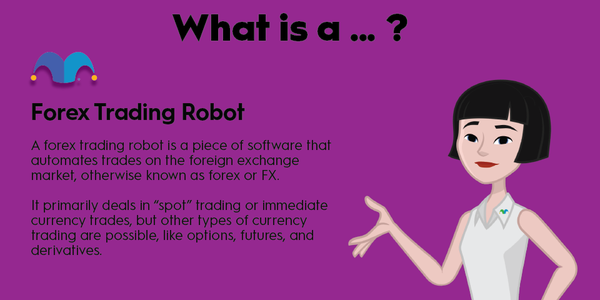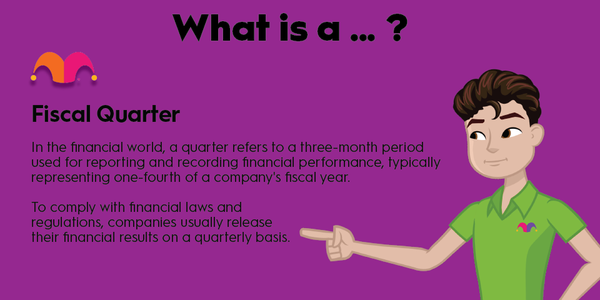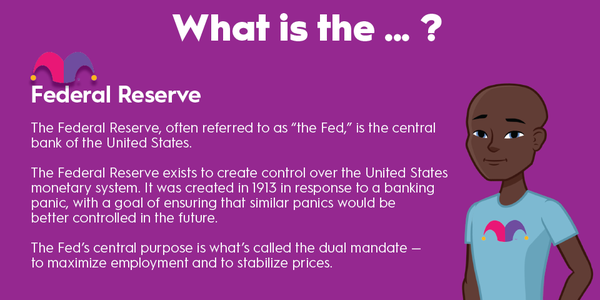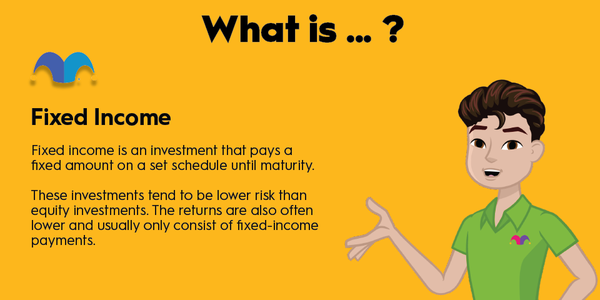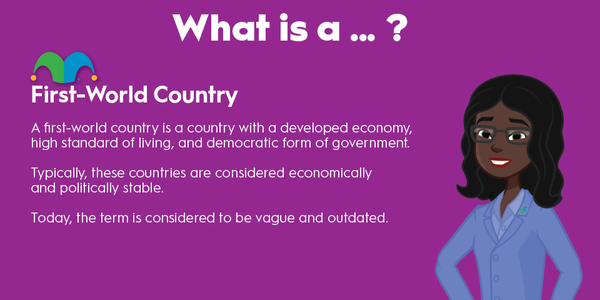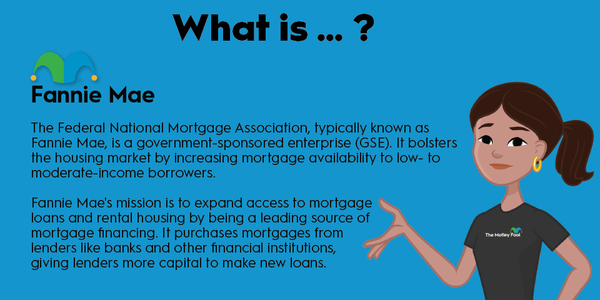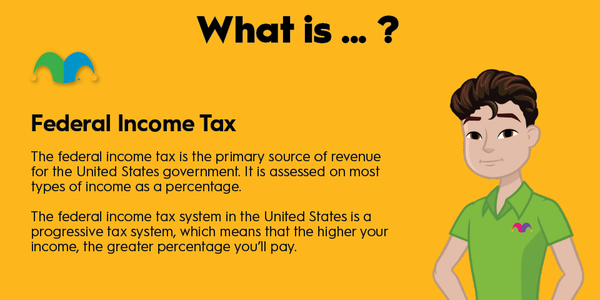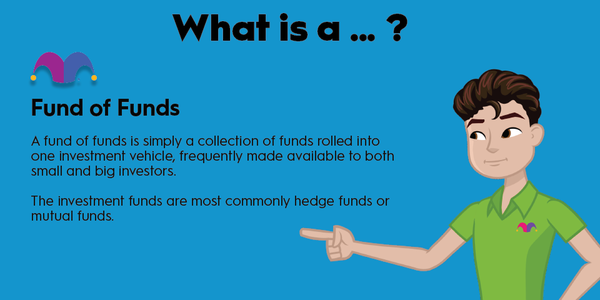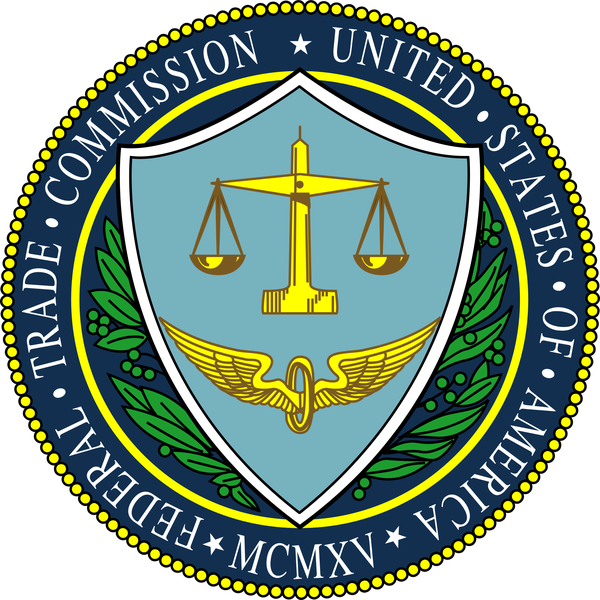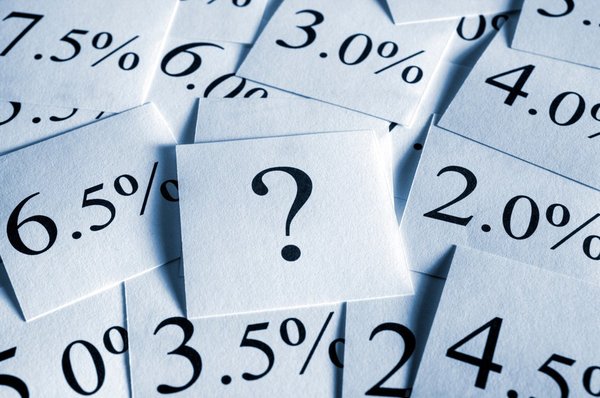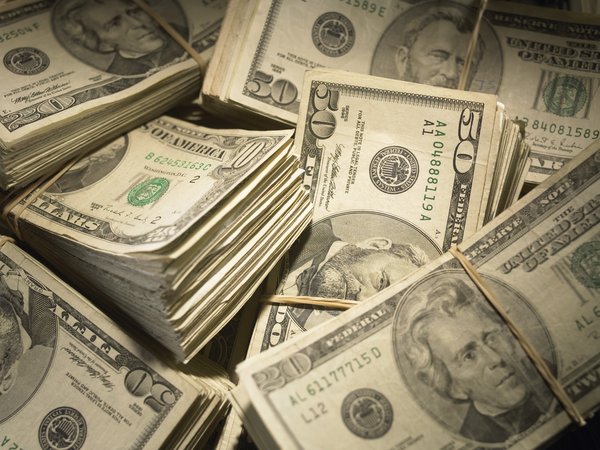The Federal Deposit Insurance Corp. (FDIC) is the federal agency most people know as the insurer for bank deposits. But it's more than just that. It also oversees and supervises member financial institutions, including U.S. banks and thrifts.
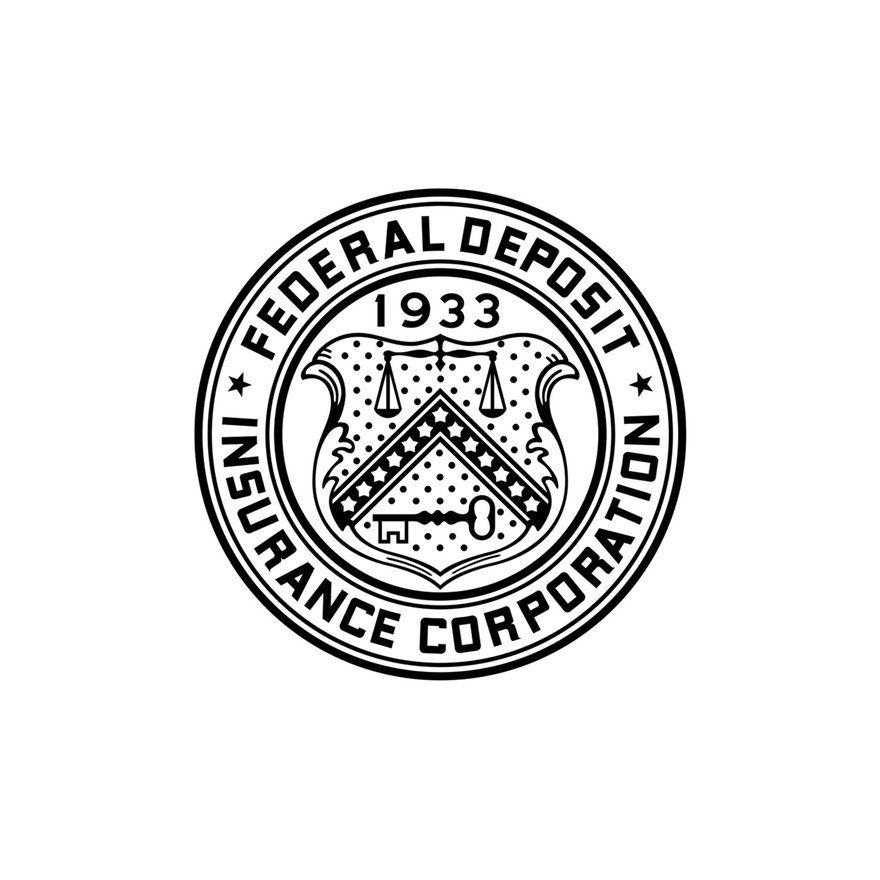
What exactly is the FDIC?
What exactly is the FDIC?
Prior to the Great Depression, the U.S. finance and banking industries were largely unregulated by the U.S. federal government. In the early 1930s, the sharp decline in the U.S. stock market, severe drought in the Midwest, and a steep recession across the country led to a series of bank runs that spread nationwide, crippling the U.S. financial system for years.
Simply put, the American people had lost faith in the financial system -- and for good reason. But a series of laws began to change that, including the 1933 creation of both the Securities & Exchange Commission (SEC) and the FDIC.
The FDIC was created in June 1933 as part of the Banking Act of 1933, providing depositors with basic coverage of $2,500 at all member institutions, including all Federal Reserve member banks and state member banks. In addition to deposit insurance, the law made the FDIC the federal supervisor for all state non-member banks, a role previously left up to the states.
Today, the vast majority of U.S. chartered banks and thrifts are members, giving their depositors access to the current $250,000 in insurance for each depositor. The FDIC is either the primary or secondary supervisor -- behind the Office of the Comptroller of the Currency -- for almost every bank or thrift in the U.S.
What does the FDIC do?
What does the FDIC do?
Here is how the FDIC describes its responsibilities:
- It insures deposits (as much as $250,000 per depositor) at member institutions.
- It examines and supervises banks and thrifts "for safety and soundness and consumer protection"
- It manages receiverships of insolvent member institutions
- It makes failing financial institutions resolvable (structured to be acquired wholly or in parts)
So what exactly does that mean? The first responsibility -- the insurance -- is relatively straightforward. Your deposits in a member institution are insured, in total, up to the limit per depositor.
The next three are very intertwined. The FDIC's first job is to make sure banks and thrifts operate within their legal limits, are well capitalized, and remain solvent. And if a worst-case scenario occurs and a bank fails, the FDIC will take over its operations to protect depositors, manage it through receivership, and find the best buyer to take over operations, acquire assets, and add new depositors.
Asset
In short, the FDIC's "real" primary job is to ensure depositor and borrower confidence in individual banks and the U.S. banking system. Since its creation, no insured depositor has lost a single penny of insured funds as a result of a member institution's failure.
As a result, bank runs have become fairly uncommon. Depositors now can be confident that even during a bank failure, the FDIC will intervene, protect insured deposits, and keep the bank operating through a transition to a new owner.
Are all banks FDIC insured?
Are all banks and bank accounts FDIC insured?
In a word, no. Not all products offered by all banks qualify for FDIC insurance, and not all banks and bank-like institutions (like credit unions) fall under the purview of the FDIC.
Let's start with credit unions, which are supervised by the National Credit Union Administration (NCUA). Created in 1970, the NCUA charters, supervises, regulates, and provides as much as $250,000 in deposit insurance to "millions of account holders in all federal credit unions and the overwhelming majority of state-chartered credit unions."
Next, FDIC insurance is only for cash deposits. Other financial instruments that are not cash -- like stocks, bonds, mutual funds, annuities, cryptocurrencies, and others -- are ineligible for insurance.
Lastly, there's that $250,000 limit, which means only $250,000 of an individual's deposits at a single institution are insured. Have more than $250,000 you want insured? One solution (if appropriate) is to hold deposits in joint accounts -- remember, it's per person.
Who pays for the FDIC?
Who pays for the FDIC?
While it is part of the federal government, the FDIC doesn't receive any appropriations from Congress, so it's not funded by taxes. Instead, it's funded by insurance premiums paid by member institutions.
Recent examples of the FDIC in the real world
Recent examples of the FDIC in the real world
In the spring of 2023, the U.S. faced its first banking crisis in more than a decade when the FDIC took control of Signature Bank and Silicon Valley Bank on March 12 and March 10, respectively. It was forced to take over First Republic Bank on May 1.
In all three cases, the FDIC was able to quickly set up and transfer deposits and assets to a "bridge bank," reopen those banks for business, support their operations, and find buyers within weeks.
